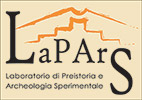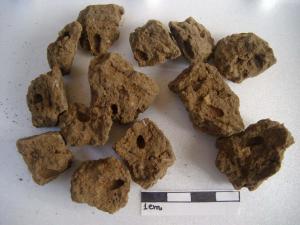Archaeobotany
Palaeobotanical research in archaeological contexts, through providing information about ancient vegetational landscapes, contributes to the understanding of palaeo-environmental conditions and adds to the knowledge about the use of plant resources in everyday life, as well as the level of material culture of ancient peoples. In Sardinia, studies of plant remains in archaeological excavations are still rare and fragmentary, but are still extremely useful for understanding the relation between ancient Sardinian communities and the plant resources of their territory, for example, concerning the use and technology of wood, several aspects of ritual related to funerary cult, spatial-functional analyses of finds, and the composition of local wood vegetation. The archaeobotanical contribution strengthens the interdisciplinary research of environmental archaeology, coordinated by archaeologists, with support from the other naturalist disciplines.
As part of an ongoing collaboration between the University of Sassari and the Laboratory of Palaeobotany and Palynology of the Department of Environmental Biology, at Sapienza University of Roma, charred plant remains were examined (wood, seeds and fruits) that were contained in the deposit that filled the burial "domus de janasIV" of the necropolis at S'Elighe Entosu (Usini, Sassari), of Tomb 3 from Iloi (Sedilo) and of various deposits of the Selargius settlement. Among the most significant results was evidence of the use of Vitis vinifera in rituals, and the presence of semi-hygrophilous woods, which denote a relatively humid environment at Usini, and a diverse natural landscape favourable to human activity (agriculture, breeding, buildings and fireplaces) in the areas surrounding the Prenuragic settlement of Selargius.

